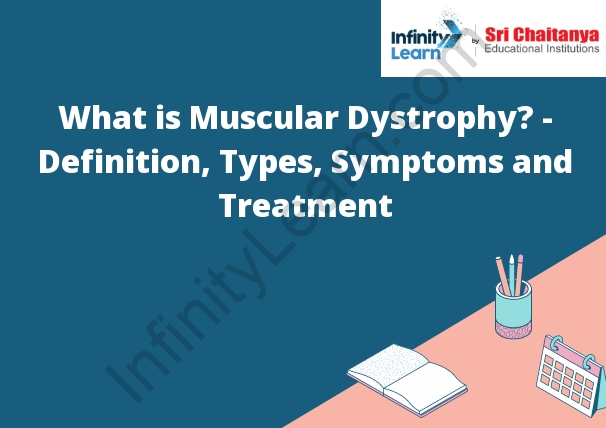Table of Contents
Dystrophy Meaning
Dystrophy is a disease that affects the muscles. It can cause the muscles to become weak and thin.

Muscular Dystrophy Types
There are many types of muscular dystrophy, and they are classified according to the type of muscle fibers that are primarily affected.
Duchenne muscular dystrophy (DMD) is the most common type of muscular dystrophy, and it affects the fast-twitch muscle fibers.
Becker muscular dystrophy (BMD) is a less common type of muscular dystrophy that affects the fast-twitch muscle fibers.
Limb-girdle muscular dystrophy (LGMD) is a group of muscular dystrophies that affect the muscles around the hips and shoulders.
Myotonic muscular dystrophy (MMD) is a type of muscular dystrophy that causes the muscles to become very weak and to contract repeatedly.
Facioscapulohumeral muscular dystrophy (FSHD) is a type of muscular dystrophy that affects the muscles in the face, shoulders, and upper arms.
Emery-Dreifuss muscular dystrophy (EDMD) is a type of muscular dystrophy that affects the muscles in the arms, legs, and chest.
Oculopharyngeal muscular dystrophy (OPMD) is a type of muscular dystrophy that affects the muscles in the eyes and throat.
Distal muscular dystrophy is a type of muscular dystrophy that affects the muscles in the feet and hands.
Muscular Dystrophy Symptoms
Muscular dystrophy is a group of muscle diseases that cause muscle weakness and loss of muscle mass. The most common type is Duchenne muscular dystrophy, which usually affects boys. Symptoms usually appear in early childhood and get worse over time. Most people with Duchenne muscular dystrophy die by the age of 25. Other types of muscular dystrophy include Becker muscular dystrophy, limb-girdle muscular dystrophy, and myotonic muscular dystrophy.
Muscular Dystrophy Treatment
There is no known cure for muscular dystrophy, though treatments are available to help people manage the symptoms. Treatment options include medications, physical therapy, and surgery.
Muscular dystrophy is a genetic disorder that weakens and gradually destroys muscles. There is no known cure for muscular dystrophy, though treatments are available to help people manage the symptoms. Treatment options vary depending on the type of muscular dystrophy a person has.
For some people with muscular dystrophy, physical therapy may be recommended to help keep muscles strong and flexible. Occupational therapy may also be recommended to help with activities of daily living, such as bathing and dressing. Assistive devices, such as wheelchairs and walkers, may also be needed.
In some cases, medications may be prescribed to help with muscle weakness or pain. For people with Duchenne muscular dystrophy, a medication called corticosteroids may be prescribed to slow the progression of the disease.
People with muscular dystrophy may also require surgery to correct orthopedic problems, such as scoliosis. In some cases, a heart transplant may be necessary for people with Duchenne muscular dystrophy.
The goal of treatment for muscular dystrophy is to help people maintain their quality of life as best as possible.







